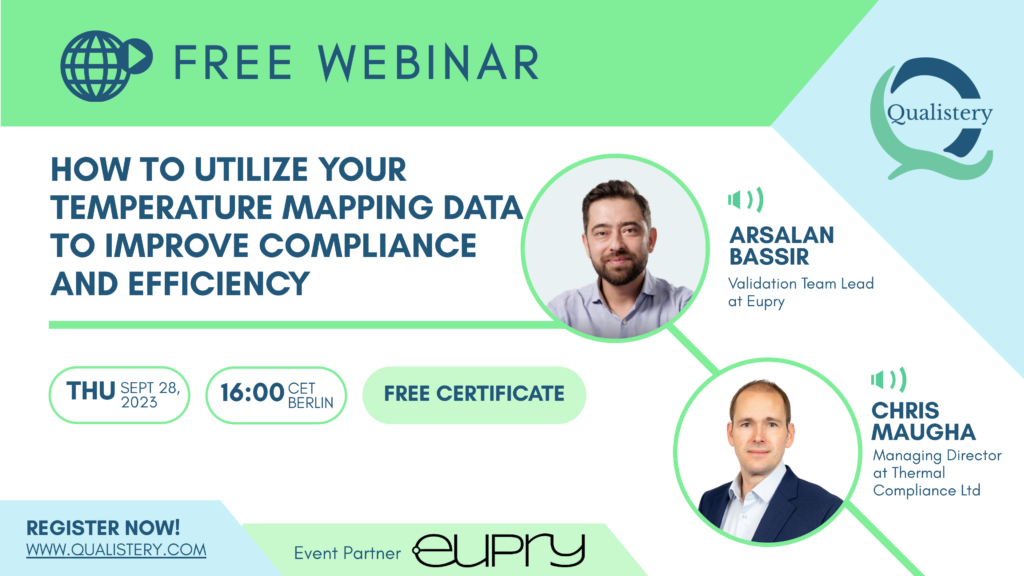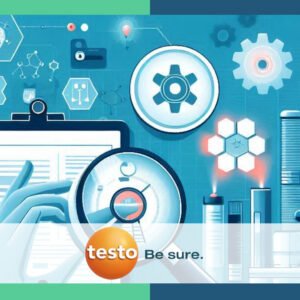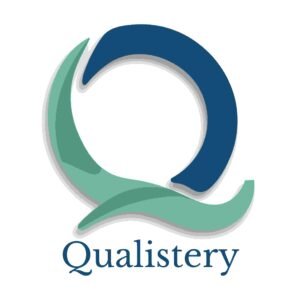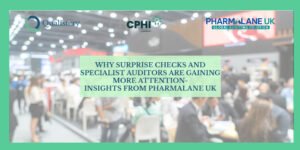Have you ever felt overwhelmed looking for guidelines on pharmaceutical temperature monitoring compliance? Have you ever wondered why there are so many of them?
The pharmaceutical industry is highly regulated in order to ensure patient safety. Every past incident to patient health has left an indelible mark on the regulatory landscape. Each rule, guideline, or policy is, in essence, a safeguard against the recurrence of past mistakes. Through the decades, this regulatory web has become more and more complex in order to increase the number of protective barriers for patients.
Pharmaceutical temperature monitoring compliance has not been the exception to this. On this single topic, the web has become so difficult to navigate that it may seem like a maze at first. However, you cannot afford to deliver pharmaceutical products that may have been damaged by temperature.
So, where do you begin to ensure your operations stay compliant?
Let’s start by distinguishing between regulations and guidelines.
In the pharmaceutical industry, regulations and guidelines serve different roles and carry different weights regarding enforceability and expectations for compliance.
In the pharmaceutical industry, regulations are legally binding rules companies must adhere to. Set by government agencies such as the U.S. Food and Drug Administration (FDA) in the United States, the European Commission in the European Union, and respective national agencies; noncompliance can result in hefty fines, legal actions, product seizures, or business closure.
In contrast, guidelines are non-binding documents issued by regulatory or non-regulatory organizations, offering instructions or recommendations for compliance. Despite lacking legal force, they are influential and typically regarded as industry best practices.
Guidelines, such as those issued by the World Health Organization (WHO), often provide detailed information and practical advice, filling in gaps and offering clarity where regulations may be broad or ambiguous. While a globally recognized authority in health matters, the WHO does not have the power to enforce laws directly.
A unique case is the United States Pharmacopoeia, a collection of regulations up to the general chapter 999 and guidelines beyond that.
Let’s analyze what the FDA says about temperature monitoring compliance as an example of what we have just said:
The FDA regulation 21 CFR 205.50 Part (C) and 211.15 subpart H essentially say that all prescription drugs must be stored and transported at the correct temperatures and in the correct conditions. These storage and transportation requirements could be found on the drug’s label or in an official compendium, like the United States Pharmacopeia/National Formulary (USP/NF).
While the regulations emphasize maintaining appropriate conditions, they don’t dive deep into the systematic method to ensure those conditions, such as thermal mapping. Hence, these regulations, while vital, can seem a bit vague and obvious.
Now, let’s try our luck with the European Commission’s guideline: The European Commission’s “Guidelines on Good Distribution Practice of Medicinal Products for Human Use,” issued in 2013, is much more explicit.
In simple terms, the guideline advises that medicinal products should be protected from damaging effects such as light, temperature changes, moisture, and other external factors. Special care should be given to products that require specific storage conditions.
To make sure these conditions are met, the guideline emphasizes the need for suitable equipment and procedures. These tools and protocols should help control the environment where medicinal products are stored. Factors to consider include temperature, humidity, and cleanliness.
The guideline further recommends conducting temperature mapping of storage areas under normal conditions, factoring in seasonal variations. This process should be initiated prior to utilizing the storage area and revisited either based on a risk assessment or when substantial modifications are made to the facility or temperature control equipment. Furthermore, the guideline stipulates that the positioning of daily temperature monitoring equipment should be determined by the results of the temperature mapping.
As we’ve mentioned previously, guidelines often act as clearer navigational aids for setting quality standards within the pharmaceutical industry. For instance, the European Commission’s guidelines offer a more detailed methodology to ensure medicinal product integrity. They explicitly advise on aspects such as environmental controls and temperature mapping. These clear-cut suggestions help firms establish robust practices to maintain the highest product quality, strengthening the overall healthcare system.
Our recommendations
As you navigate the intricate regulatory landscape of temperature monitoring, begin by familiarizing yourself with the regulations to understand the fundamental compliance requirements. However, don’t stop there. Given that regulations can often be general or ambiguous, it’s beneficial to refer to guidelines for a more comprehensive and pragmatic approach to compliance.
Guidelines such as the “Good Distribution Practice” by the WHO, the European Commission, and the USP General Chapter 1079 can give you a more comprehensive understanding of how to perform crucial tasks like temperature monitoring. They can provide more explicit instructions and valuable insights that go beyond the basic regulations, enabling you to optimize your processes and ensure compliance.
Are you ready to dive deeper into this critical topic? Check out our latest webinar, “How to Utilize Your Temperature Mapping Data To Improve Compliance and Efficiency”, on September 28th:

Qualistery provides life‑science professionals with concise, practical GxP and cGMP learning through expert‑led webinars and tailored training, helping teams make safer, more compliant decisions. We deliver these sessions in partnership with trusted solution providers, combining real‑world insights and actionable guidance with targeted outreach to the right decision‑makers.







